European/Hanau (?) Silver, need help.
baerbaer
15 years ago
Related Stories
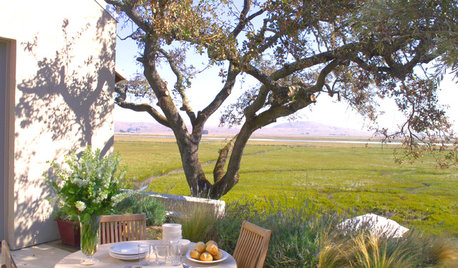
GARDENING AND LANDSCAPING8 European-Style Patios That Invite and Charm
Settle into a Spanish courtyard or fan yourself at a French farmhouse. These worldly patios will inspire outdoor relaxing anywhere
Full Story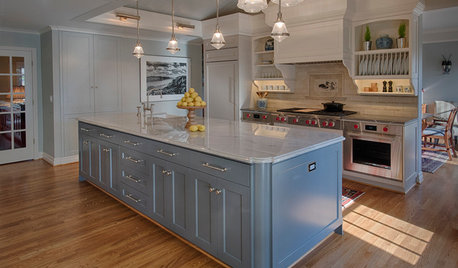
KITCHEN OF THE WEEKKitchen of the Week: European-Style Cabinets and a Better Flow
A Portland couple open up their ranch kitchen to connect with guests and their garden
Full Story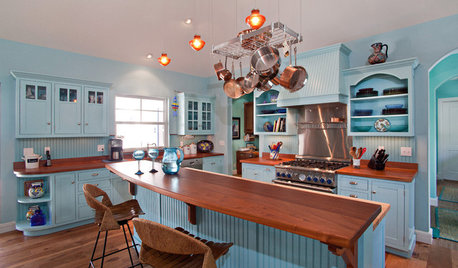
KITCHEN DESIGNHere's Help for Your Next Appliance Shopping Trip
It may be time to think about your appliances in a new way. These guides can help you set up your kitchen for how you like to cook
Full Story
SELLING YOUR HOUSE10 Low-Cost Tweaks to Help Your Home Sell
Put these inexpensive but invaluable fixes on your to-do list before you put your home on the market
Full Story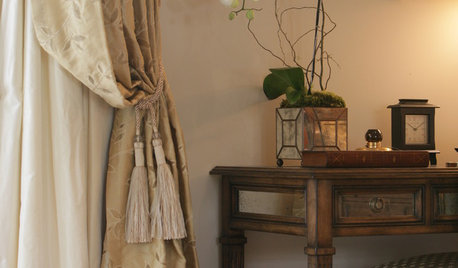
TRADITIONAL STYLETassels Tie a Refined Window Look Together
Embellish your drapes in opulent fashion using the ornaments that fascinated wealthy Europeans of old
Full Story
ECLECTIC HOMESHouzz Tour: A Manor Near D.C. Goes From Suburban Modern to Georgian
Newly enclosed spaces and traditional details join eye-popping murals to give a 2002 home some European gravitas
Full Story
KITCHEN DESIGNBring the Bistro to Your Kitchen
Dine and lounge the European way with these 11 bistro-like kitchens and patios for inspiration
Full Story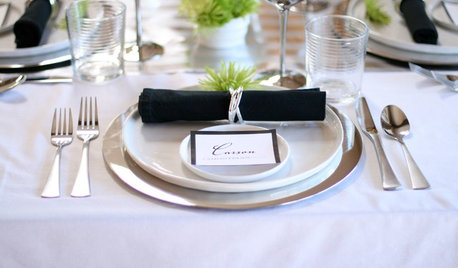
ENTERTAININGA Place for Everything: Beautiful Ways to Style Your Table
Polish your silver and pull out your china as we look at how tables were laid out traditionally and how they shine now
Full Story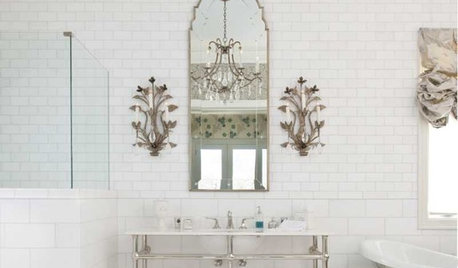
BATHROOM DESIGNHow to Mix Metal Finishes in the Bathroom
Make a clean break with one-dimensional bathroom finishes by pairing nickel, silver and bronze hardware and fixtures
Full Story






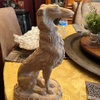
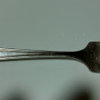


lindac
antiquesilver
Related Professionals
Framingham Furniture & Accessories · Topeka Furniture & Accessories · Park Ridge Furniture & Accessories · San Diego Furniture & Accessories · Van Nuys Furniture & Accessories · Canton Painters · Bound Brook Painters · Lakeway Painters · Oakdale Painters · Oceanside Painters · Columbia Furniture & Accessories · Wichita Furniture & Accessories · Asheville Furniture & Accessories · Miami Professional Organizers · Suwanee Professional Organizerslindac
antiquesilver
baerbaerOriginal Author
antiquesilver
baerbaerOriginal Author
lindac
antiquesilver
lindac
antiquesilver
baerbaerOriginal Author